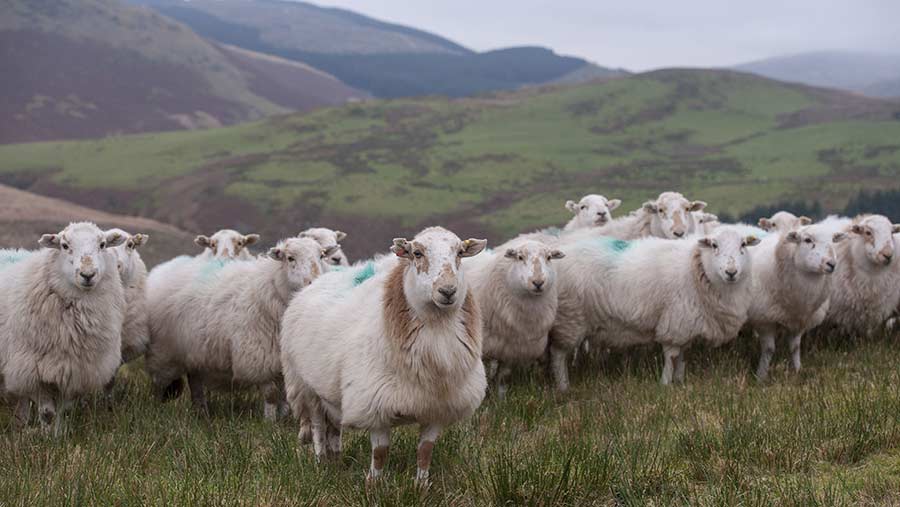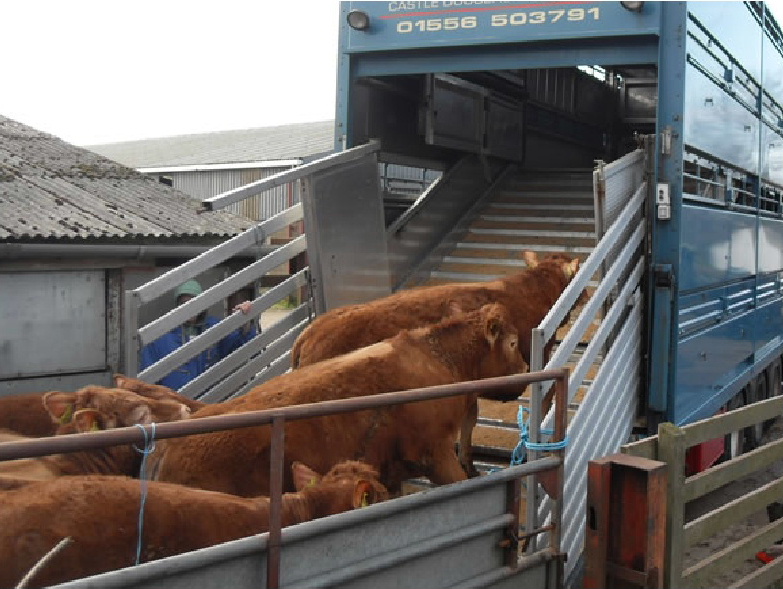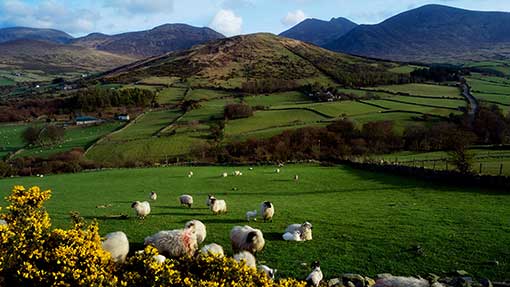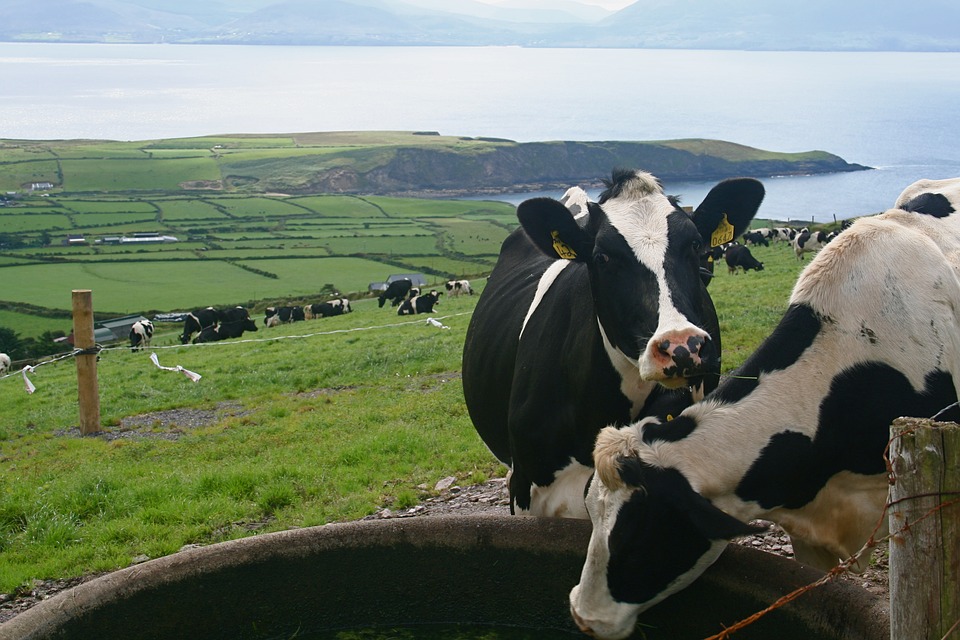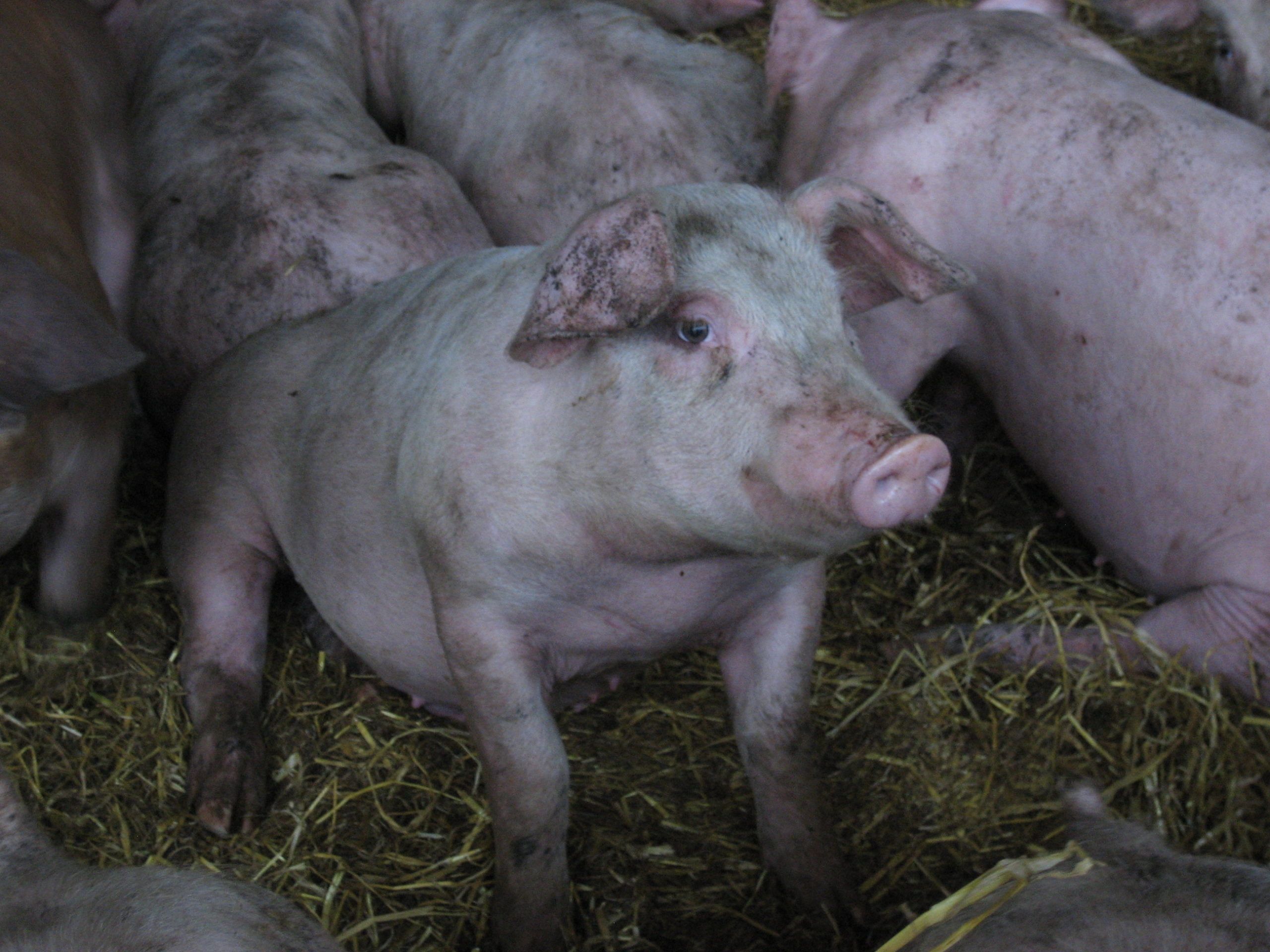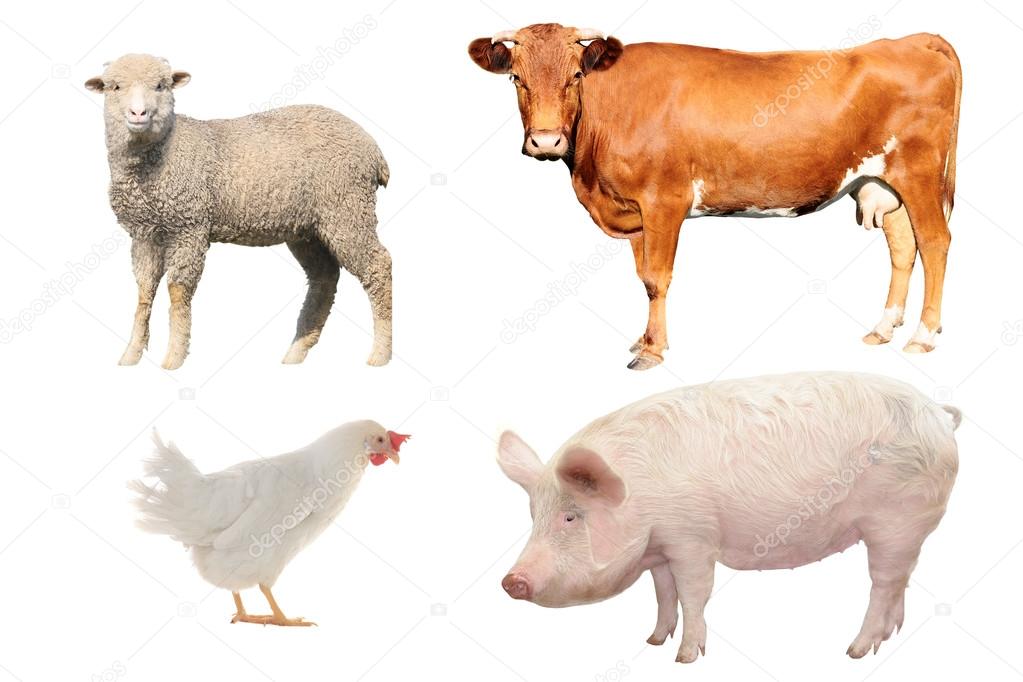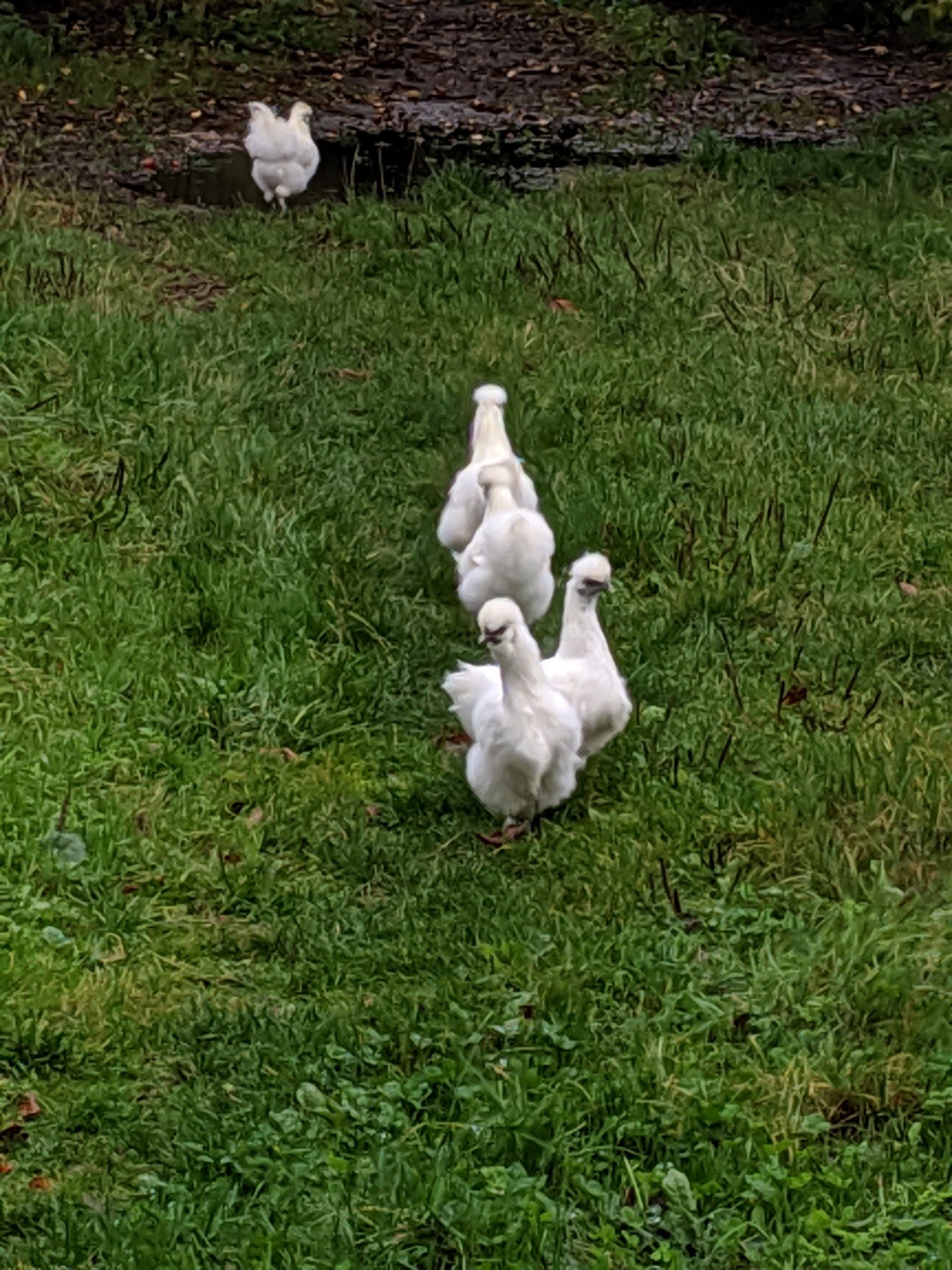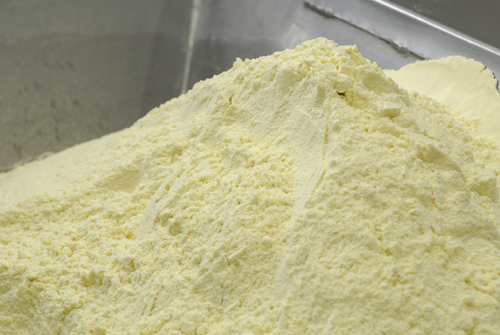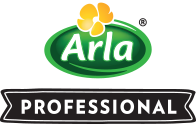Both beef and sheep farmgate prices remain very strong. The deadweight beef price, after easing a little in early February, has risen again from an already-high level. For the week ending 13th March the deadweight GB all prime cattle price was 380.8p per kg, up 3.8p on the week. This is now 45.4p per kg above year-earlier levels and about 40p per kg more than the five-year average. Prices are being supported by tight supplies; throughput for the week totalled 31,900 head. This is 600 head less than the previous week and 2,700 head down on the same week last year.
In the sheep meat market, deadweight prices have reached a new high. For the week ending 13th March, the GB OSL SQQ was up 19p per kg on the previous week to 634p per kg, over 175p higher than the five-year average. Deadweight slaughter levels were low, 7% down on the previous week and almost 16% below the same week in 2020 at only 179,200 head. In contrast the liveweight GB SQQ fell by just over 3p for the week to 17th March to 289.7ppkg, but this is still a very good price at nearly 80p per kg above the five-year average. Live auctions saw a 1% increase in numbers; strong prices may have encouraged some farmers to market lambs a little earlier, perhaps even attracting some lesser quality or under finished, reducing the SQQ for the week.
Both lamb and beef have shown an increase in household purchases, by volume and spend in the 12 weeks ending 21st February. According to Kantar, the volume of beef purchased was 12.7% up year-on-year, with the spend 15.8% higher on the year. Mince contributed the most to the volume, but steak remains the fastest growing cut. Over the same 12 week period the volume of lamb purchased increased by 16.4% and the spend grew by an impressive 21.7% year on year.
It is a different picture for the pig market, but prices may be stabilising. For the week ending 13th March the EU-spec SPP fell by a marginal 0.04p per kg to 139.41ppkg; this is 23.81p per kg less than the same week in 2020. However prices for the previous two weeks had seen a rise, so markets may be finding some balance. Plentiful supplies and lower pig prices on the continent continue to weigh on the domestic price. Slaughter numbers were down slightly (1%) on the previous week to 199,400 head, but 12% higher than the previous year and 16% above the five year average.
